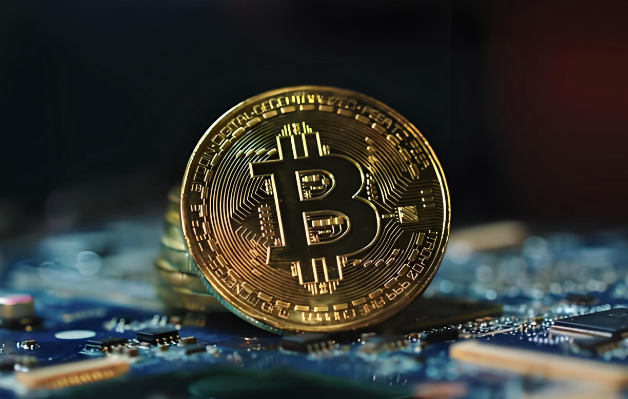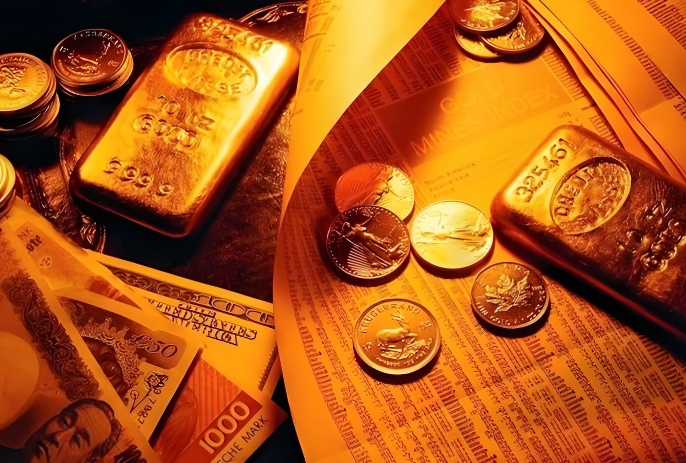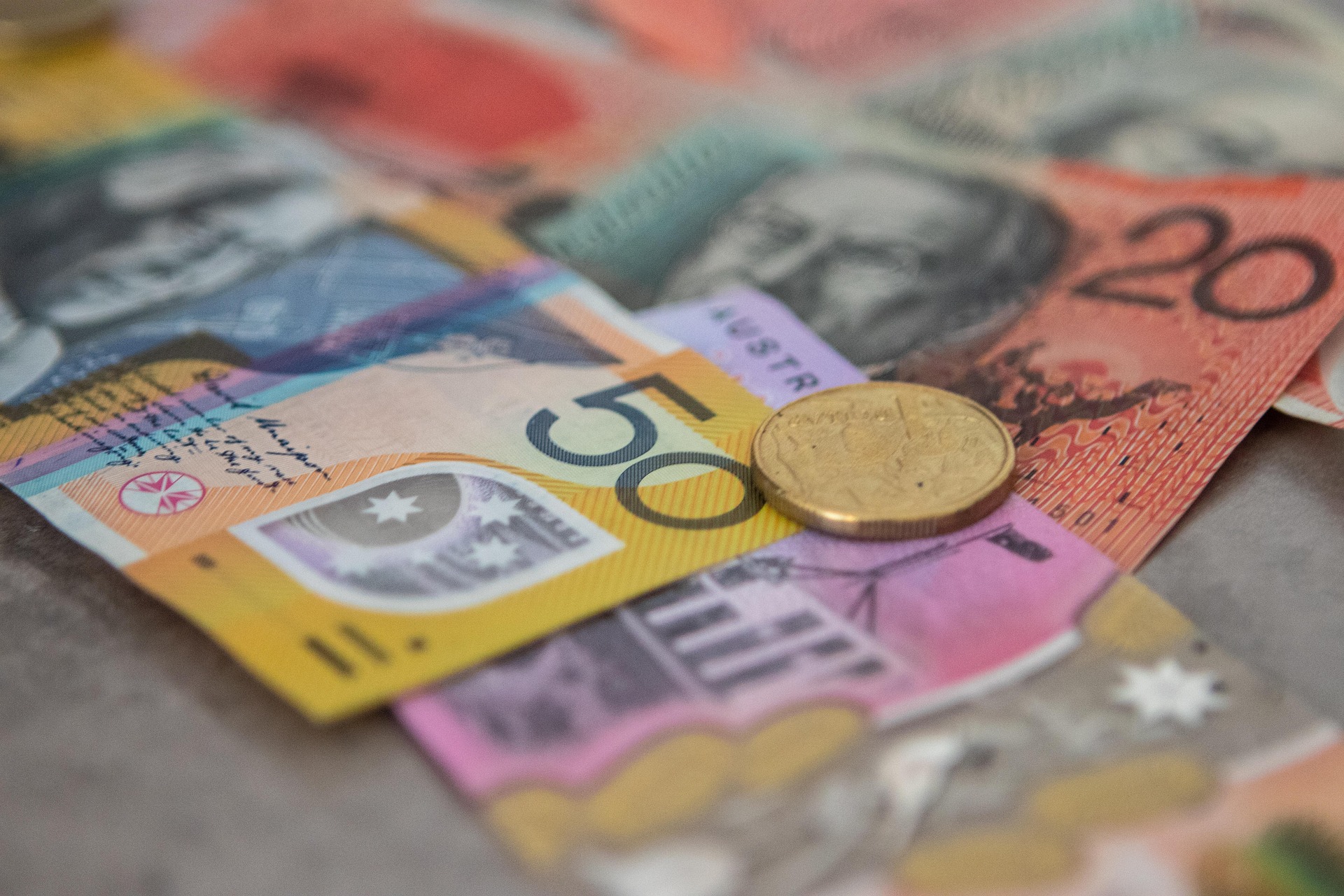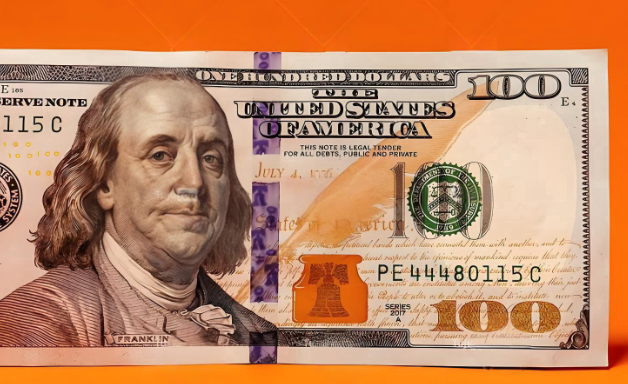
Precious-metal markets have surged in recent weeks: spot gold brushed multi-month highs above US $3,417/oz after fresh military strikes by Israel against Iran triggered broader Middle-East geopolitical risk. At the same time, softer U.S. inflation readings have fuelled speculation that the Federal Reserve may ease policy sooner than expected, enhancing gold’s appeal as a non-yielding safe-haven.
Background Context
Gold has long been treated as a refuge during geopolitical stress and monetary-policy uncertainty. The recent Israel-Iran escalation heightened energy and supply-chain risk, prompting a flight to safe assets. Meanwhile, inflation in the euro-area and U.S. remains near target, prompting central banks to adopt data-dependent policy stances. Historically, when real interest rates decline (or are expected to decline), gold becomes more attractive because its opportunity cost falls.
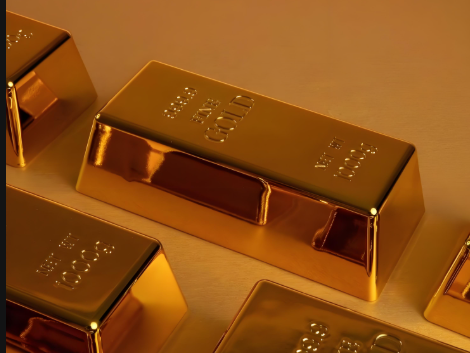
Why This News Matters
Impact on Precious-Metals and Commodity Markets
The gold surge reflects a combination of geopolitical premium and monetary easing expectations. For commodities broadly, rising gold often signals higher risk-off sentiment—but it can also hint at inflation-oriented hedge demand. Traders in other metals (silver, platinum) may see spill-over flows as precious-metal demand broadens.
For forex markets, a stronger gold price can weigh on the U.S. dollar and strengthen commodity-linked currencies (AUD, CAD). It may also influence central-bank balance-sheet decisions and central-bank reserves policy.
Why Investors Should Care
- Hedge positioning: Given heightened risk, allocation to gold can serve as portfolio ballast.
- Macro cues: The gold rally suggests markets are pricing in policy pivot risk—those trading interest-rate sensitive assets (equities, bonds, FX) should pay attention.
- Timing: If gold is signaling a regime shift (from hawkish central-banks to more accommodative), early entrants may benefit ahead of broader rotation into safe-havens.
Relevance to CFD/Commodity Traders
For CFD platforms offering gold, silver, and other metals, this is an inflection moment. Volatility is rising, which means spreads may widen but trading opportunities increase. Commodity-trader desks should monitor both the geopolitical narrative and central-bank communications. Tail-risk hedging (options, forwards) becomes more relevant.
Our Expert Take
Strategic Outlook
We see the gold rally as one leg of a possible macro regime shift: from inflation-fear/hawk-rate environment to risk-aversion/disinflation-or-easing environment.
- If geopolitical tensions persist (Middle-East or Taiwan straits), gold could test new highs (e.g., US $3,500/oz+).
- If inflation readings soften and central banks begin to ease, gold’s non-yielding nature becomes less of a drag—supporting further gains.
- Conversely, if inflation surprises on the upside or real-rates rise sharply, gold could retrace toward support zones.
Risks & Caveats
Gold remains subject to:
- Real-rate risk: If bond yields surge or the dollar strengthens materially, gold could suffer.
- Supply and demand fundamentals: Physical demand from Asia (India, China) remains critical. A drop in demand could temper upside.
- Geopolitical fatigue: If the Middle-East situation cools, the safe-haven premium may fade.
Tactical Recommendations for Traders
- Short-term traders: Consider gold-long positions on confirmed break-outs above US $3,430 with stop-loss if dollar or yields pick up.
- Hedgers/portfolio managers: Use gold allocation as tail-risk hedge; consider silver or platinum for additional leverage to precious-metals upside.
- Commodity brokers: Promote precious-metals CFDs as diversification tool in current environment; highlight increased volume and volatility.
- Forex traders: Monitor gold correlations with AUD, NZD, CAD – commodity-linked pairs may benefit from spill-over strength.
Looking Ahead
Key upcoming triggers will include:
- U.S. inflation prints (CPI/PPI) and Fed commentary—any hint of easing could propel gold.
- New Middle-East or global supply-chain shocks that increase risk-premiums for safe assets.
- Central-bank communications—if the European Central Bank (ECB) or others signal accommodation, gold may receive added impetus (the ECB recently held rates steady and raised growth outlook).
In short, gold’s move is not just a fleeting spike—it may reflect a deeper rotation in macro regime. Traders and investors should treat this as more than just an isolated event.

